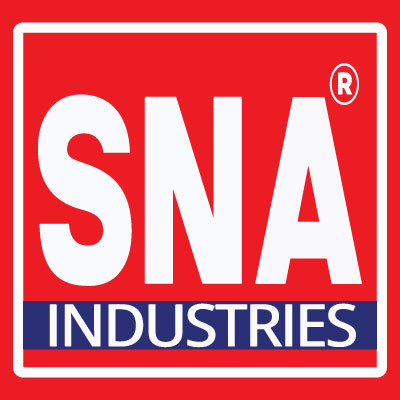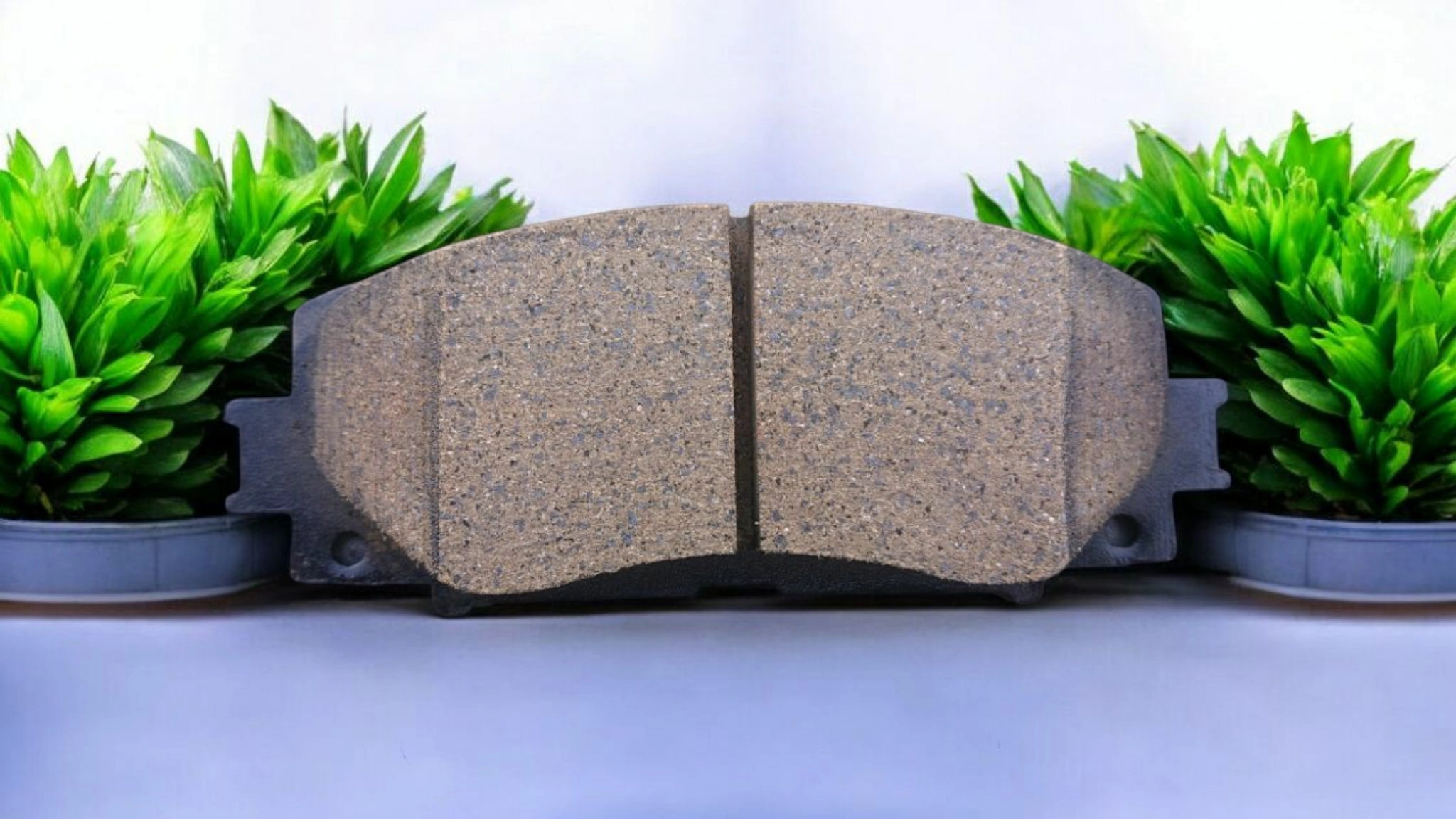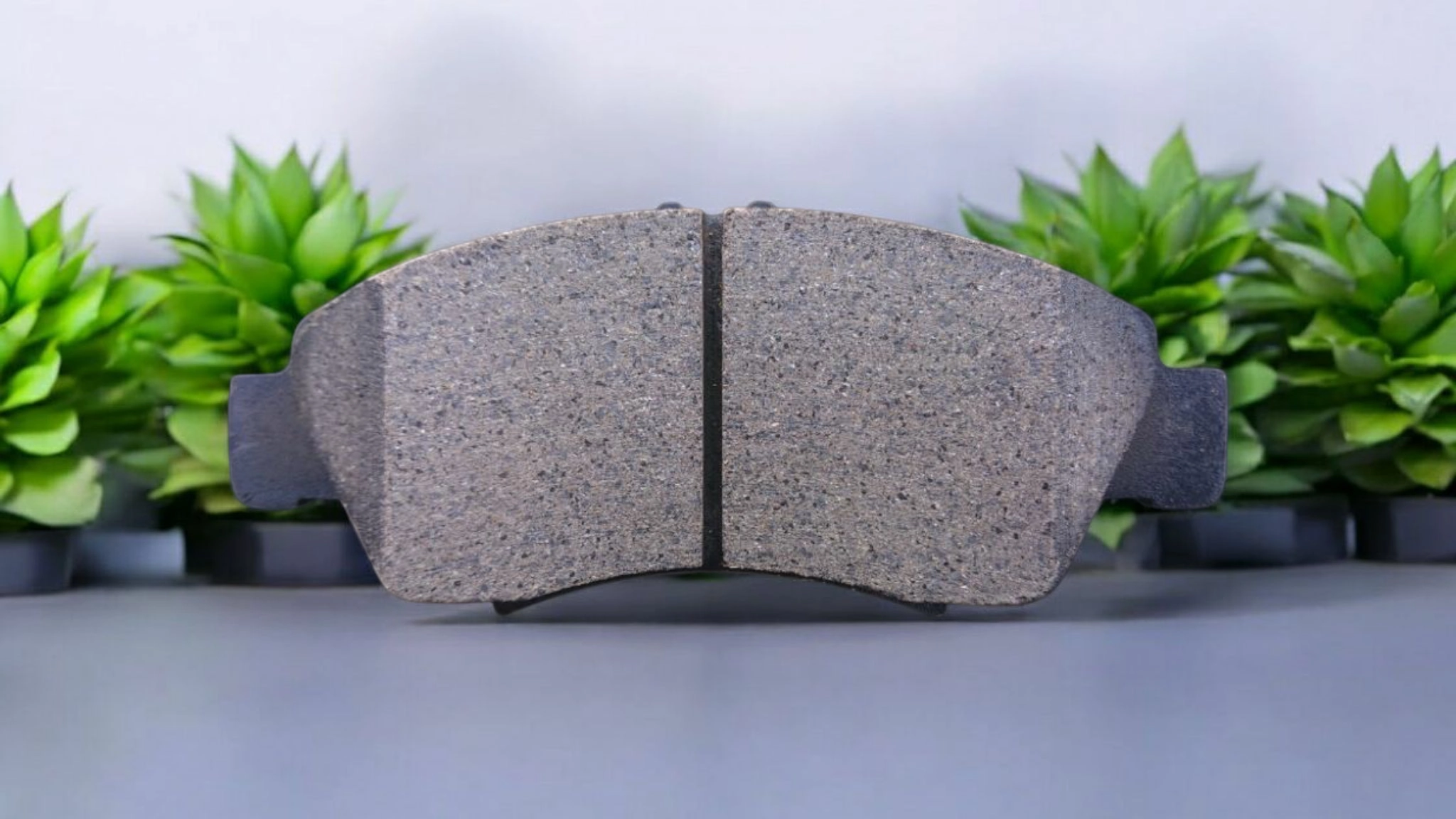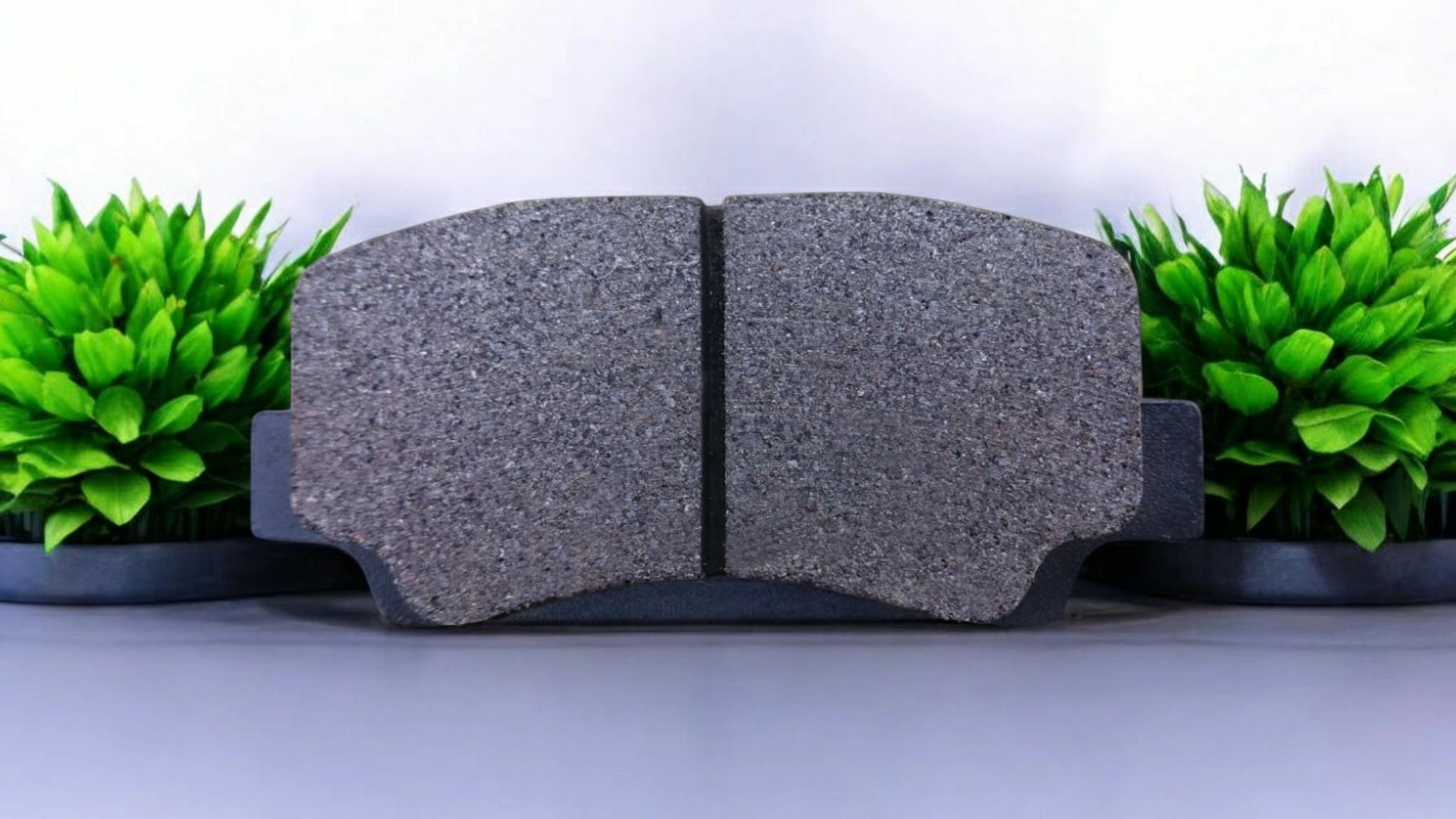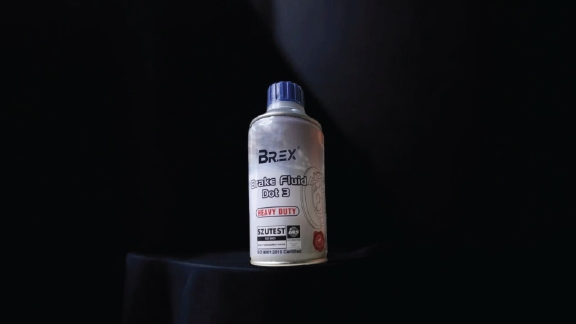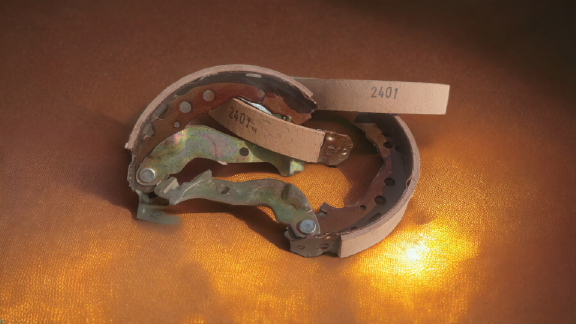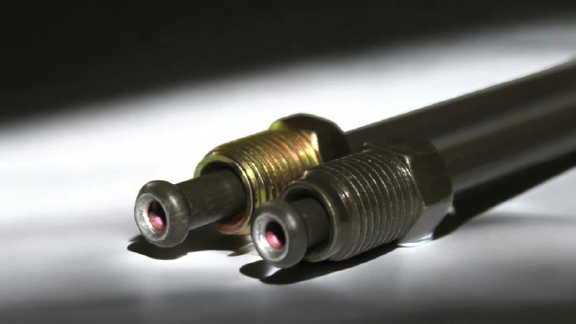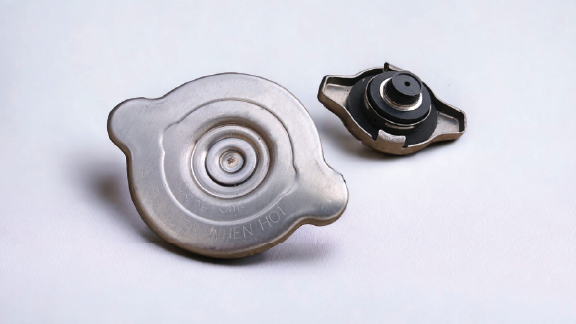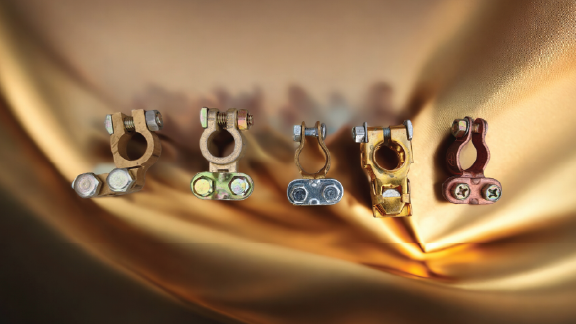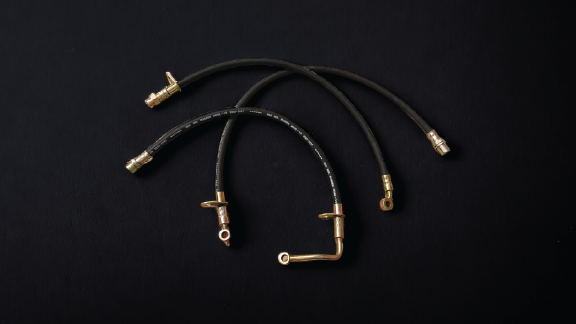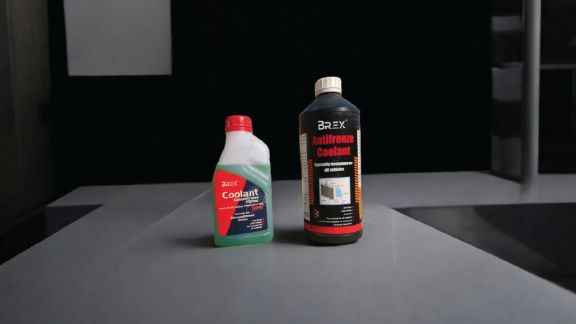1. Material Selection
- Friction Material: A mix of fibers (like aramid or ceramic), fillers, abrasives, binders (usually resin), and sometimes metal powders is chosen based on performance needs (noise, dust, temperature resistance).
- Backing Plate: Usually made of high-quality steel, it serves as the base for the brake pad.
2. Mixing
- All ingredients of the friction material are weighed and mixed precisely.
- This mix is called the “compound” or “friction blend.”
3. Forming the Pad (Preforming)
- The friction material is placed into a mold along with the steel backing plate.
- Using high-pressure and heat, the mixture is compressed and formed into the basic brake pad shape.
4. Curing (Hot Pressing or Cold Pressing + Oven Baking)
- The pads are cured to harden the resin and bond the material.
- Hot Press: Heat and pressure are applied in the mold itself.
- Cold Press + Oven: Pressed cold and then cured in an oven at ~150–200°C for several hours.
5. Post-Curing Treatments
- Pads may be scorched or heat-treated to:
- Burn off gases
- Stabilize the surface
- Reduce bedding-in time
6. Finishing
- Pads are machined to ensure correct thickness and flatness.
- Chamfers, slots, or shims may be added for noise reduction and performance.
7. Attachment to Backing Plate
- Friction material is bonded (glued or mechanically attached) to the steel backing plate.
- Some brands use rivets; others use integral molding.
8. Painting & Coating
- The backing plate is painted or coated for corrosion resistance.
9. Marking & Labelling
- Each pad is marked with part numbers, batch codes, and sometimes friction codes (e.g., FF, GG).
10. Quality Control
- Pads are tested for:
- Thickness, hardness, and bonding strength
- Shear testing
- Friction performance (in labs or dyno machines)
- Noise and dust levels
11. Packaging
- Pads are packed with hardware kits, instructions, or wear sensors (if applicable).
- Finally, they are boxed and labeled for shipping.
